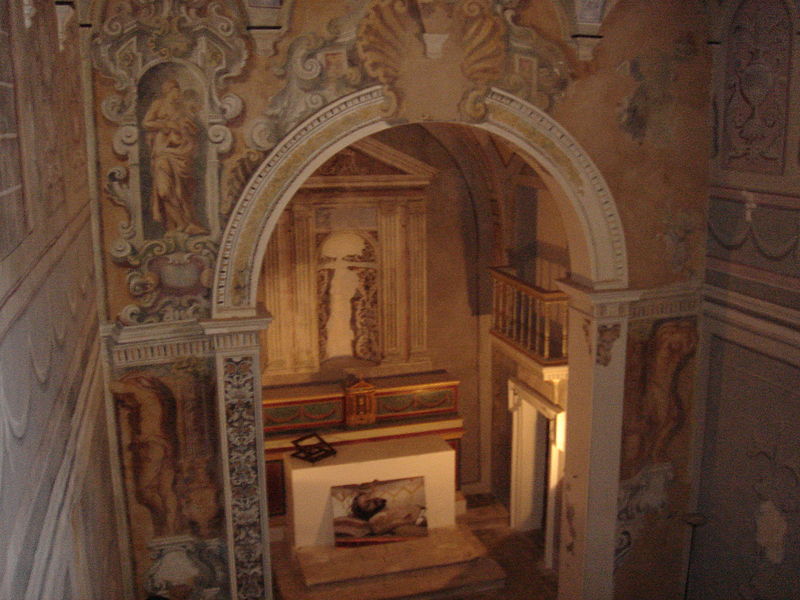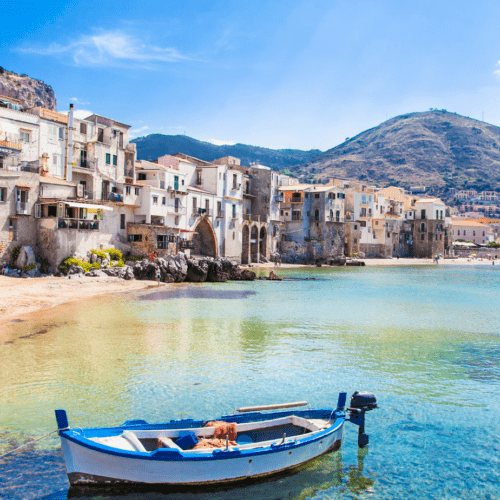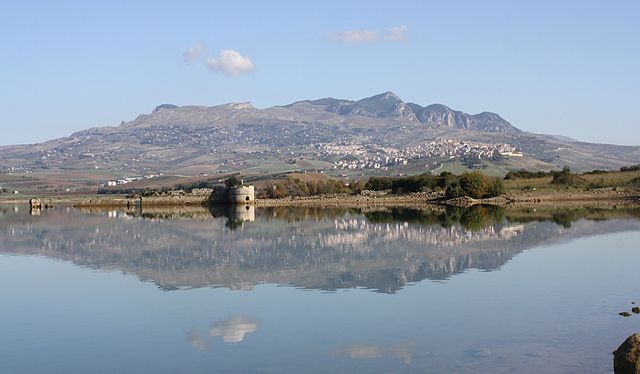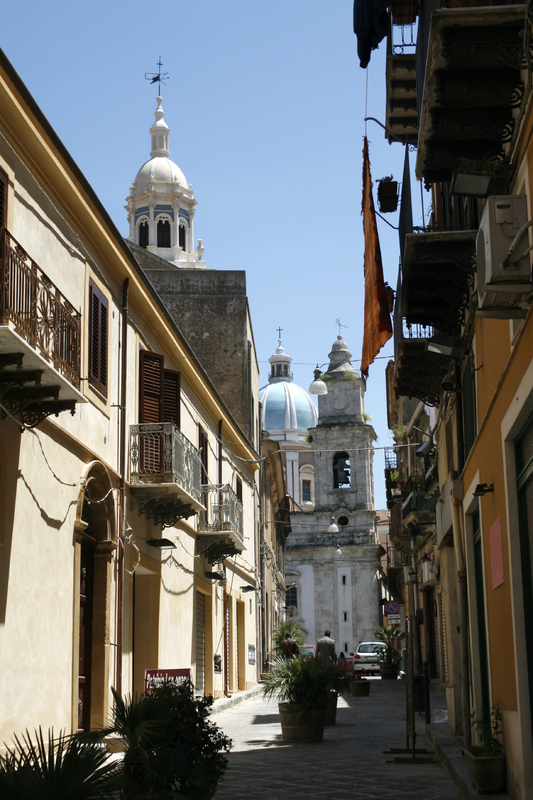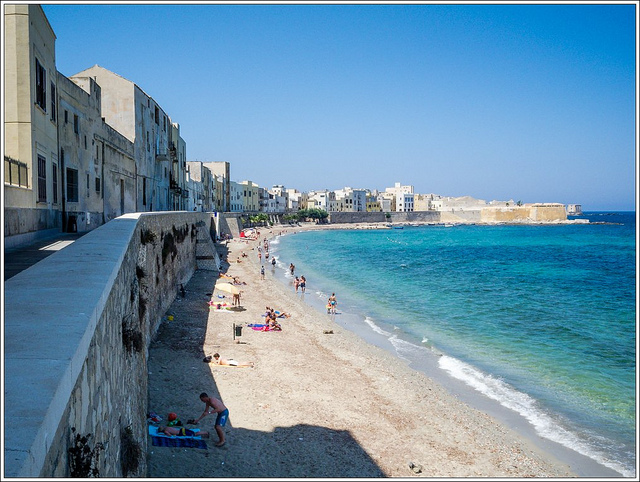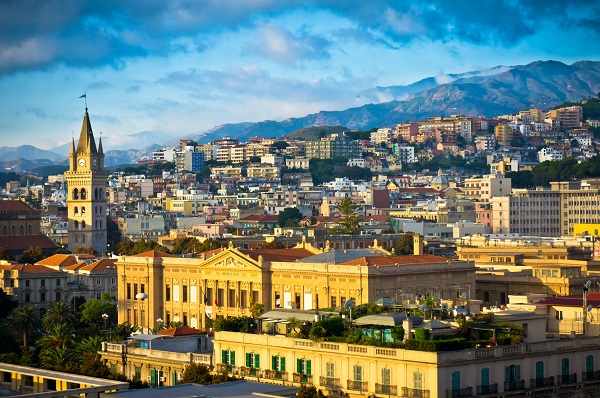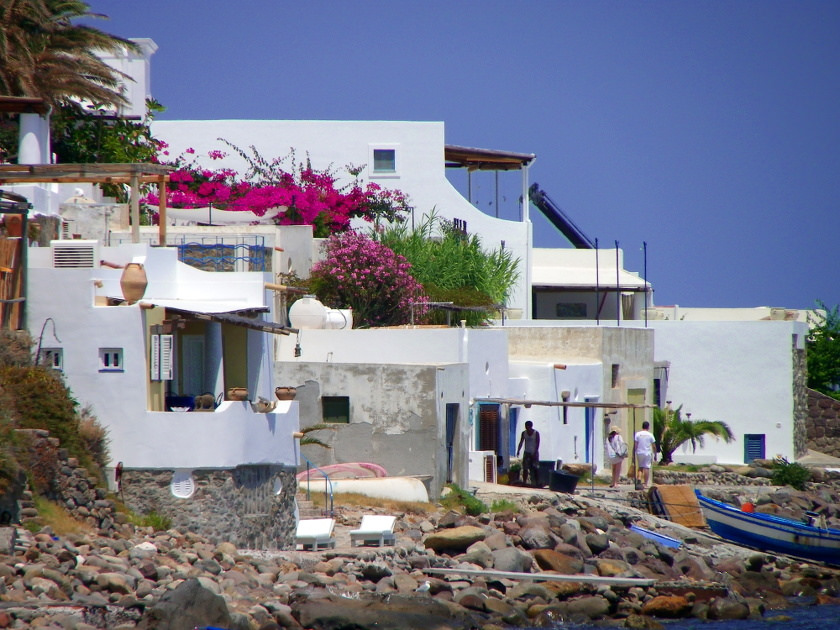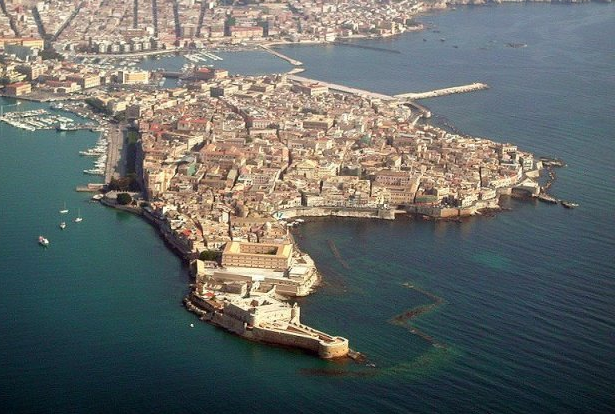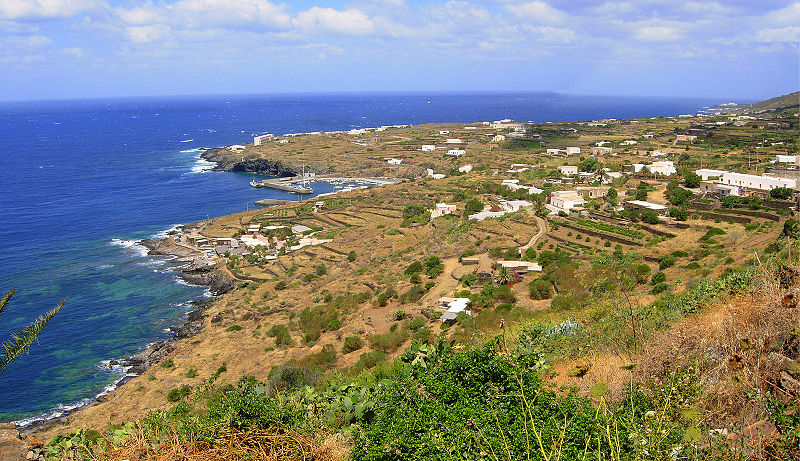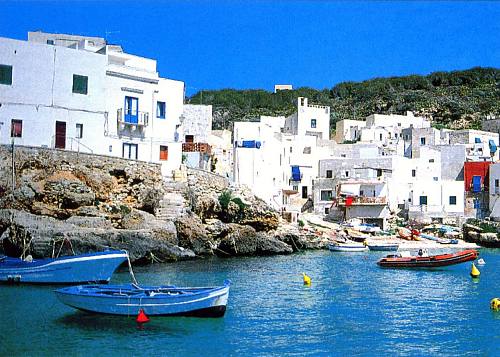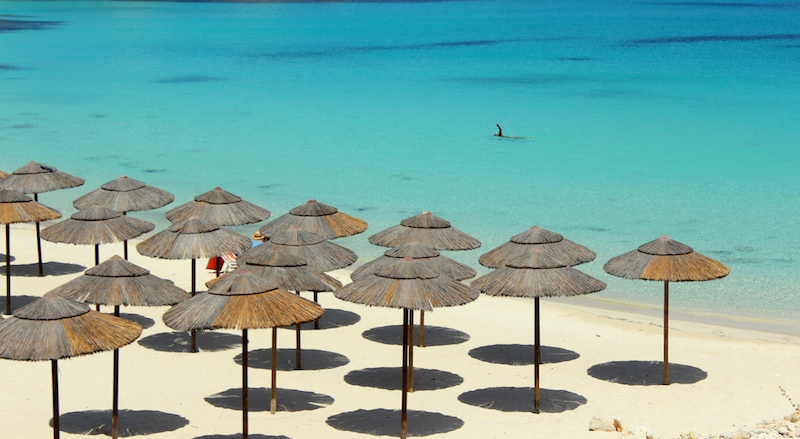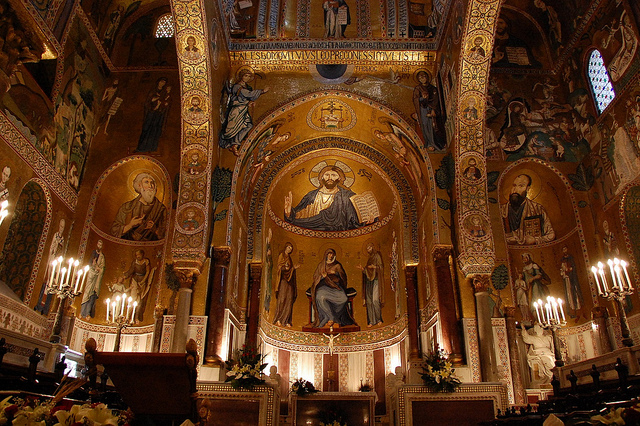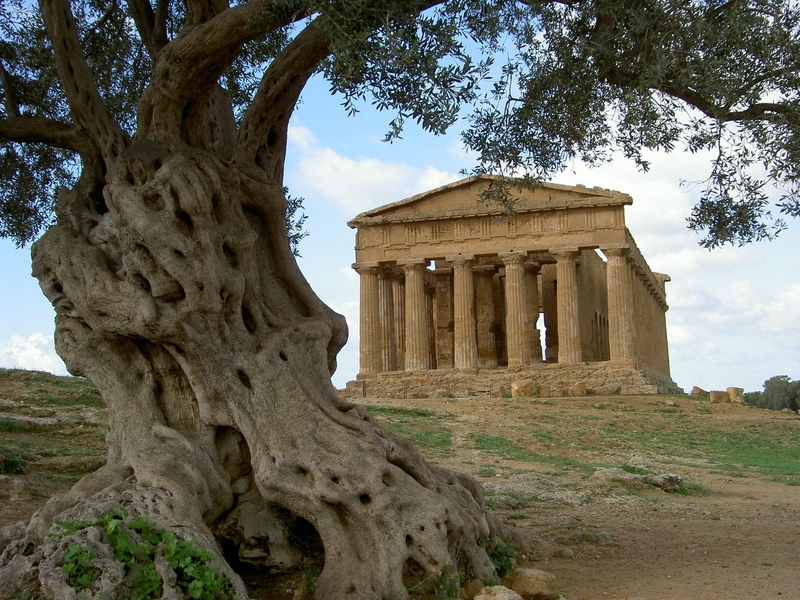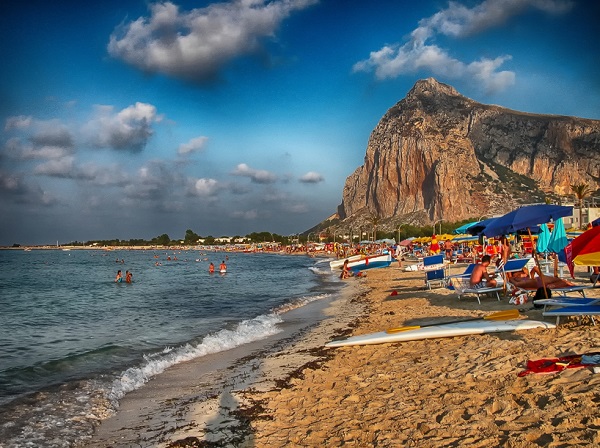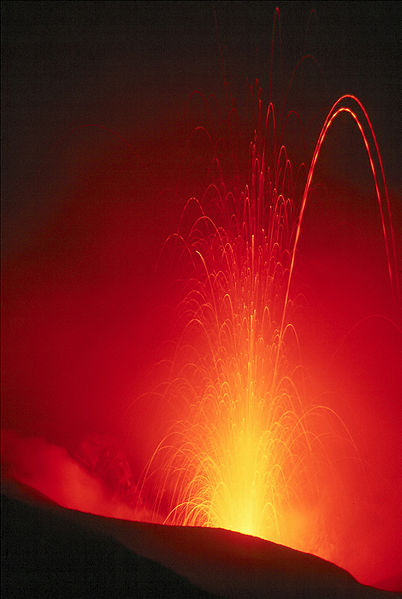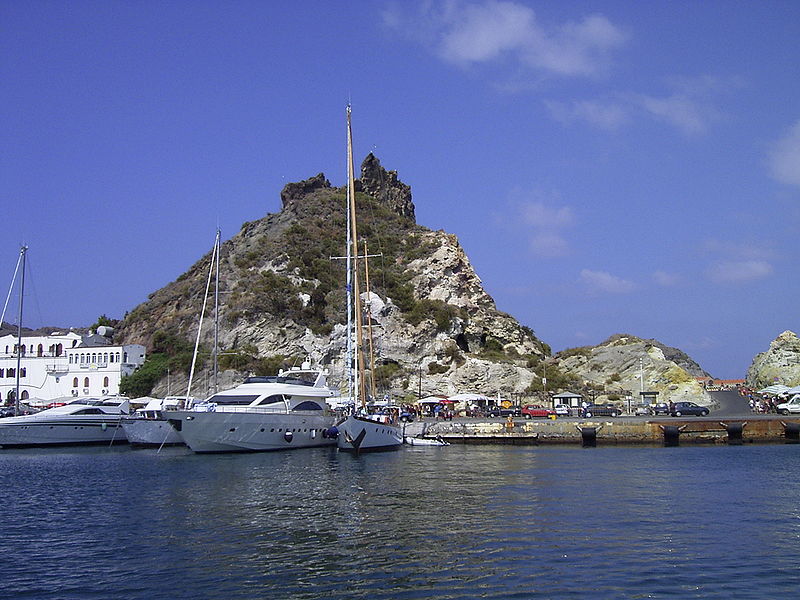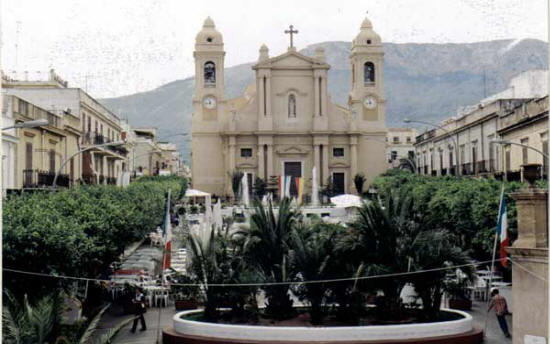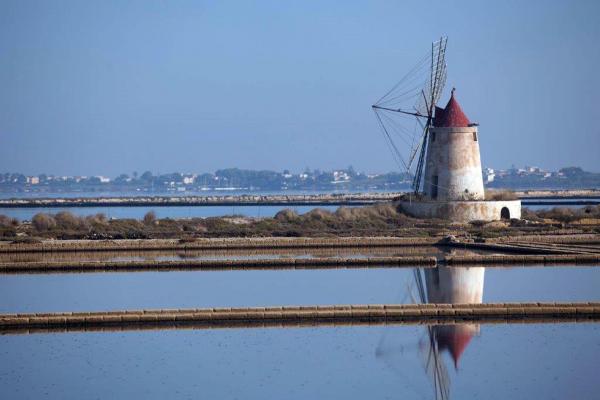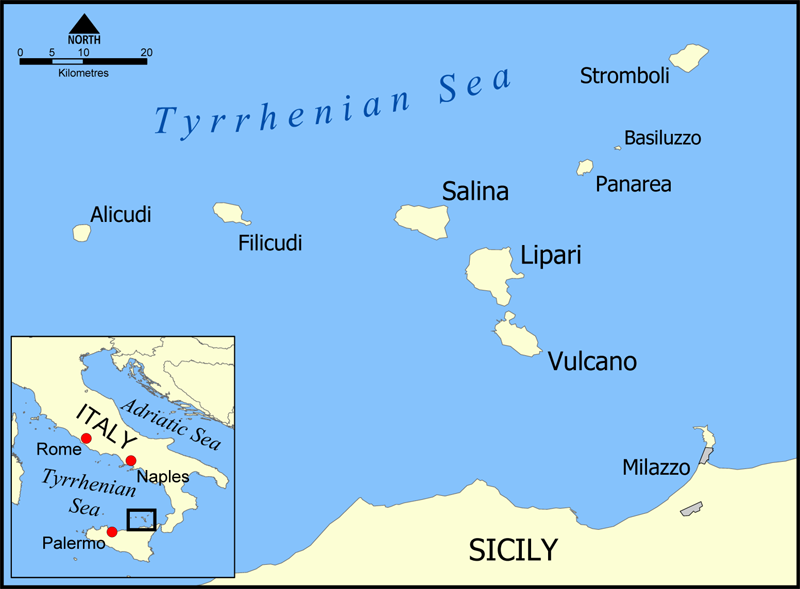Sicily is the largest of the Mediterranean’s islands. Because of its location and its history, it is one of Italy’s major tourist destinations, both for its beaches and its cultural offerings.
Touring Sicily would take months in itself because there’s simply so much to do and see, so we are forced to make a hard choice and limit our tour to the best-known locations, hoping to be able to get back another time to discover the hidden gems we’re going to miss.
In the 18th century, Italy was a mandatory stop in the so called Grand Tour, an educational journey made by scions of the British aristocracy; they traveled for many months around Europe to see the best in art and culture that the continent had to offer. Sicily, with its Greek, Roman, Arab, Norman, and Spanish monuments, was an important stage of the Grand Tour. We hope to replicate here that experience.
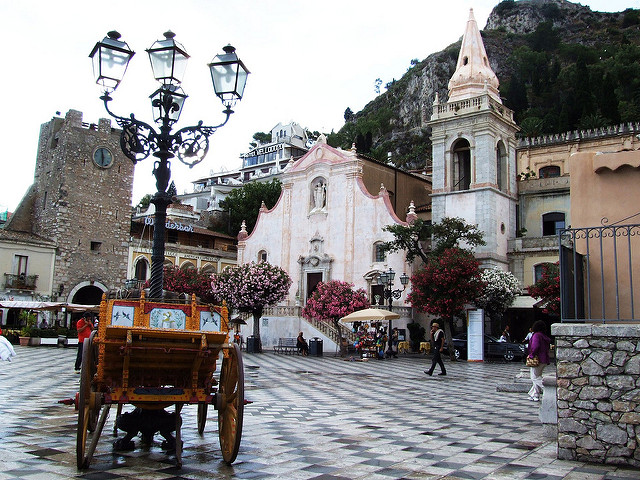
The sea, turquoise in color, is perhaps the best known feature of the island. Inland, there are important mountain ranges, which reach their peak with Mount Etna, one of the most famous active volcanoes in the world. Taormina has been for years one of the most popular holiday “in” destinations, a meeting place for celebrities of film and literature. After a period of decline following the earthquake of 1968, when it was prey to a savage and indiscriminate urbanization, it is returning to be a luxurious and exclusive resort. Various events are organized, including Taormina Arte, to make the tourist season last throughout the year. Taormina’s museums are among the most visited of Sicily; among the artists exhibited you’ll find even Caravaggio. In addition to the beautiful sea, the city has luxurious shops and beautiful architecture that make it an excellent choice for a complete holiday.

Syracuse, home of Archimedes, is enriched by the legacies of the various cultures that have lived here. The necropolis of Pantalica, a UNESCO World Heritage Site, has rock-cut tombs dating from the thirteenth and seventh centuries BC. The theater, the Castle of Euryalus, and the temple of Apollo are among the legacies of Greek culture, while the Romans left the amphitheater and the catacombs.
During the Middle Ages many churches were built, the most important of which is the cathedral. Built on the ruins of a temple dedicated to Athena, it includes columns in one of the sides. After an earthquake in 1693 the city saw major reconstruction works dominated by the Sicilian baroque style. The city is culturally very much alive in Summer. At the characteristic spot of the Ear of Dionysius, famous for its acoustics and immortalized by Caravaggio in his painting the Burial of Saint Lucia, numerous performances are held.
Messina is the port of disembarkation for visitors coming into town from the continent. The seaside tourism focuses on the beaches of Cape Pelorus, while the cultural moves towards the beautiful historic city, enriched by the spectacular churches and buildings, witnesses of the city’s wealth since the Norman invasion. From Messina you can quickly reach Milazzo and the Aeolian Islands. Panarea and Lipari are the best known, a paradise of tourism.
Agrigento is a symbol of Sicily. Nearby the city lies the Valley of the Temples, another UNESCO World Heritage site, and famous for the beautifully preserved Greek temples and other Hellenic remains.
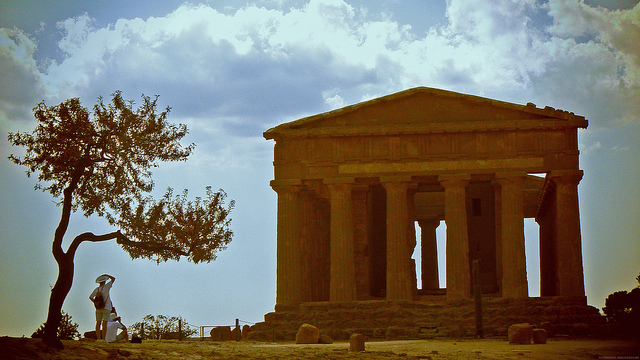
Palermo, the regional capital, boasts among its monuments testimonies of Arab, Norman, Baroque, Art Nouveau, and much more. It has always been one of the most important cities of the Mediterranean and is a center of artistic, cultural and spiritual importance second to none. The numerous museums and palaces are rich and sumptuous.
Overall, and in every aspect, Sicily is a must-see. It is the cradle of traditions, culture, religion, spirituality, even superstition, and has wonderful examples of ancient traditions still alive in every town and city. Visit anytime: throughout the year many events, celebrations, and commemorations are held, particularly around major religious holidays, like Easter and mid-summer. You’ll eat well, no matter where you go – the entire island has an excellent culinary tradition, including the art of pastry – cannoli, cassata and granita are justly famous throughout the world. And, the wines are simply outstanding. You will truly have an excellent tour.



